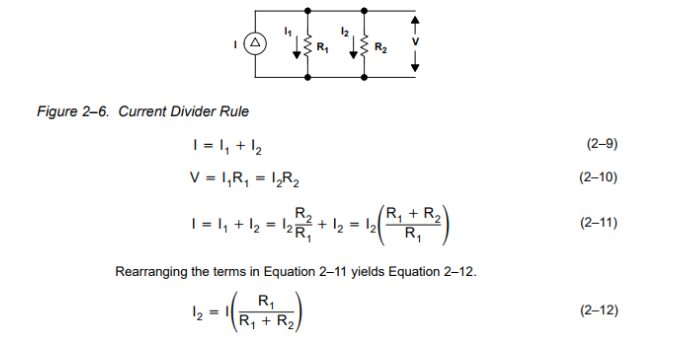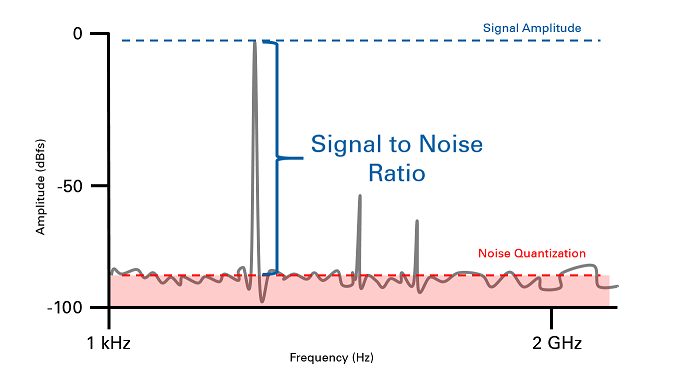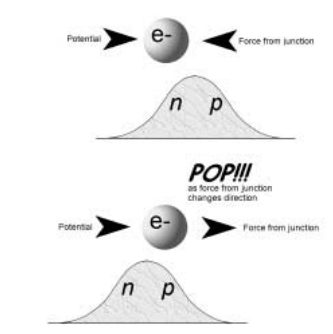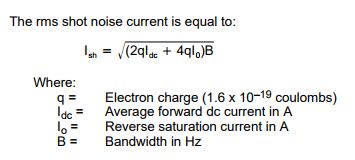& Construction

Integrated BIM tools, including Revit, AutoCAD, and Civil 3D
& Manufacturing

Professional CAD/CAM tools built on Inventor and AutoCAD
2 min read
Op Amps are here to stay. Despite the popularity of electronics equipment being embedded in the silicon world, there will always be the need for analog applications. After all, many of our digital-based electronics source their data and input from the real, physical world. This world of ours is all analog.
There’s never been a better time to learn about op amps as an electronics designer. Today we’re excited to present not just an Everyday App Note, but a monolithic bible of op amp knowledge for engineers of any experience level. This app note gets into the intricacies of op amps at the circuit level, including:
Anyone and everyone interested in analog electronics will find value in this app note. Feel free to jump around as needed, as this guide starts with the basics for complete beginners and ramps up into advanced noise theory and more. Here’s a sampling of what you’ll find inside:
This guide starts out with a thorough introduction to the circuit theory you’ll need to know about for analog electronics. For example, you’ll learn the basics of the Current Divider Rule, which can be used to calculate the current flow in the output branch of a circuit when the circuit isn’t loaded.

This guide walks through the design of several op amp configurations including the low-voltage op amp circuit. Signal-to-noise ratio (SNR) is an important factor to consider when designing a low-voltage op amp, as any kind of noise will affect how signals are delivered throughout a system. Understanding your SNR will help to choose an ideal op amp circuit that produces an acceptable amount of noise.

Noise is the bane of every engineer’s existence, and it just won’t go away! A solid understanding of op amp noise theory can arm and EE with the knowledge to make sense of all that noise in a circuit. The five types of noise discussed in this guide include shot noise, thermal noise, flicker noise, burst noise, and avalanche noise.

Shot noise is random noise caused by random changes in the current flow of a conductor. When an electron crosses over a barrier, such as a PN junction in a semiconductor, a small shot of energy is released. This guide discusses the theory of shot noise in detail, along with ways to calculate the effects of shot noise in your circuit.

Ready to dive head first into the world of op amp design and theory? Analog electronics is only going to grow in demand right alongside digital electronics. Arm yourself with all the op amp knowledge you’ll need for your future design challenges!
Download the Op Amps for Everyone design reference from Texas Instruments now.
By clicking subscribe, I agree to receive the Fusion newsletter and acknowledge the Autodesk Privacy Statement.
Success!
May we collect and use your data?
Learn more about the Third Party Services we use and our Privacy Statement.May we collect and use your data to tailor your experience?
Explore the benefits of a customized experience by managing your privacy settings for this site or visit our Privacy Statement to learn more about your options.